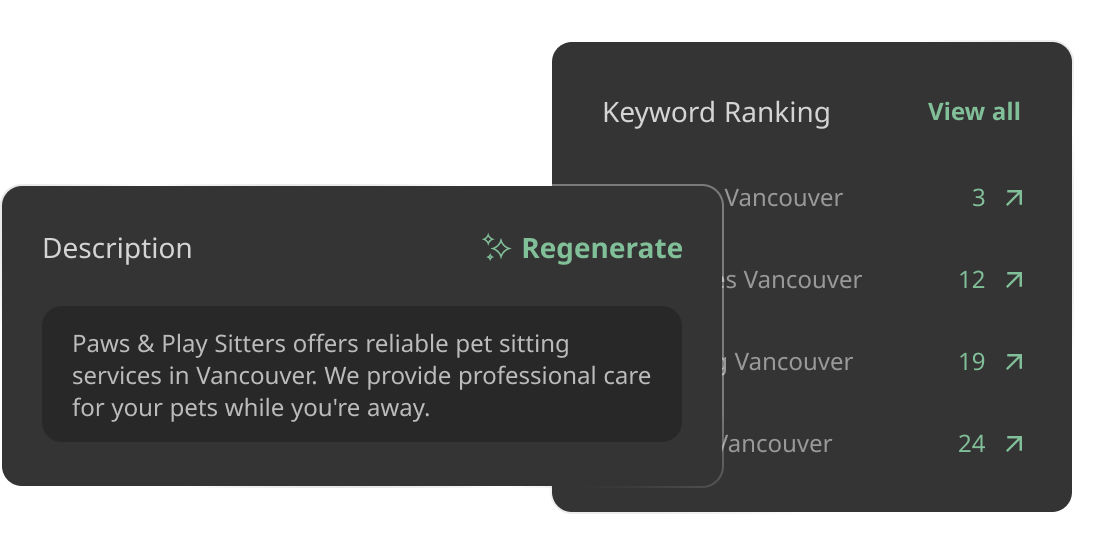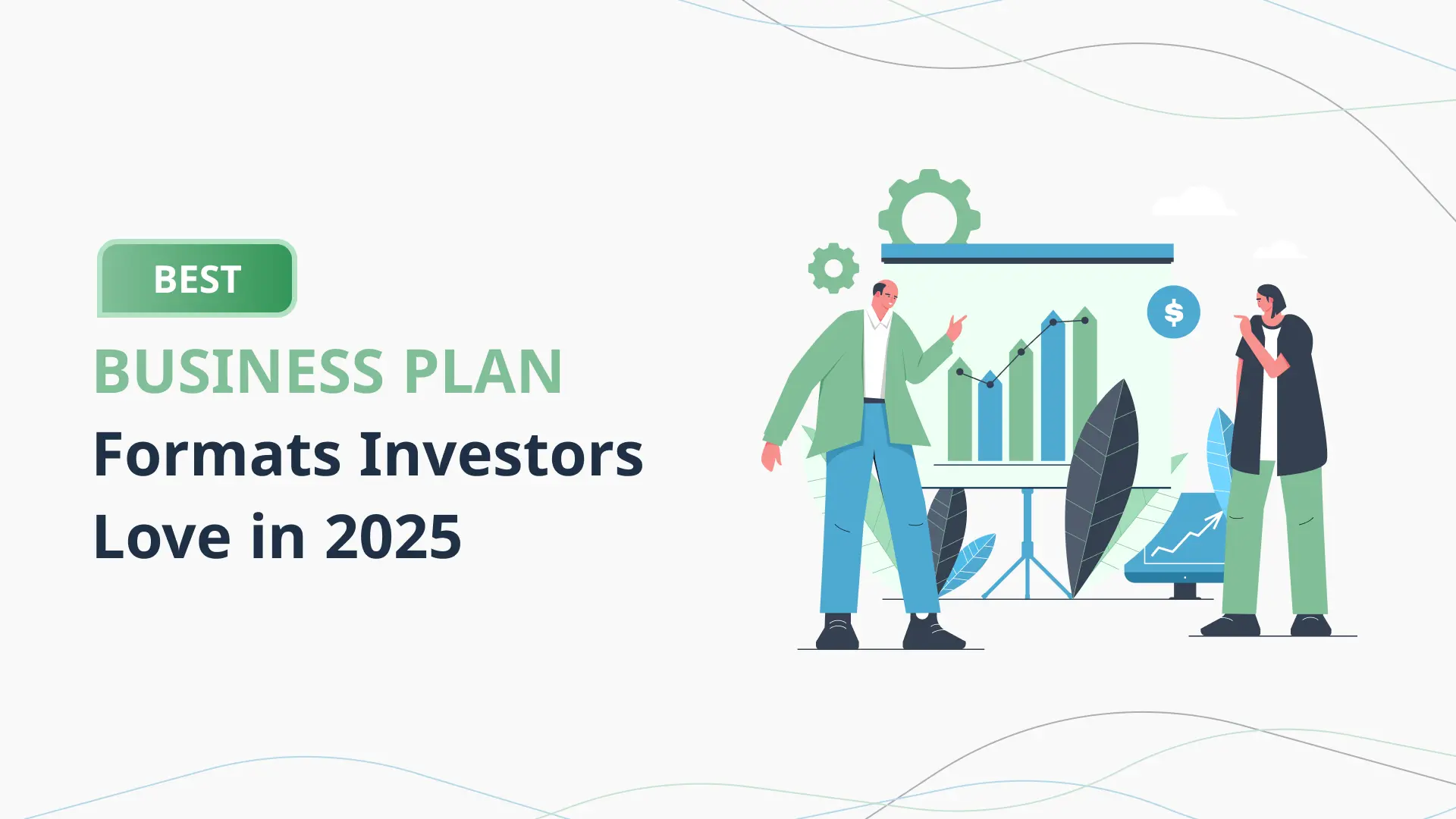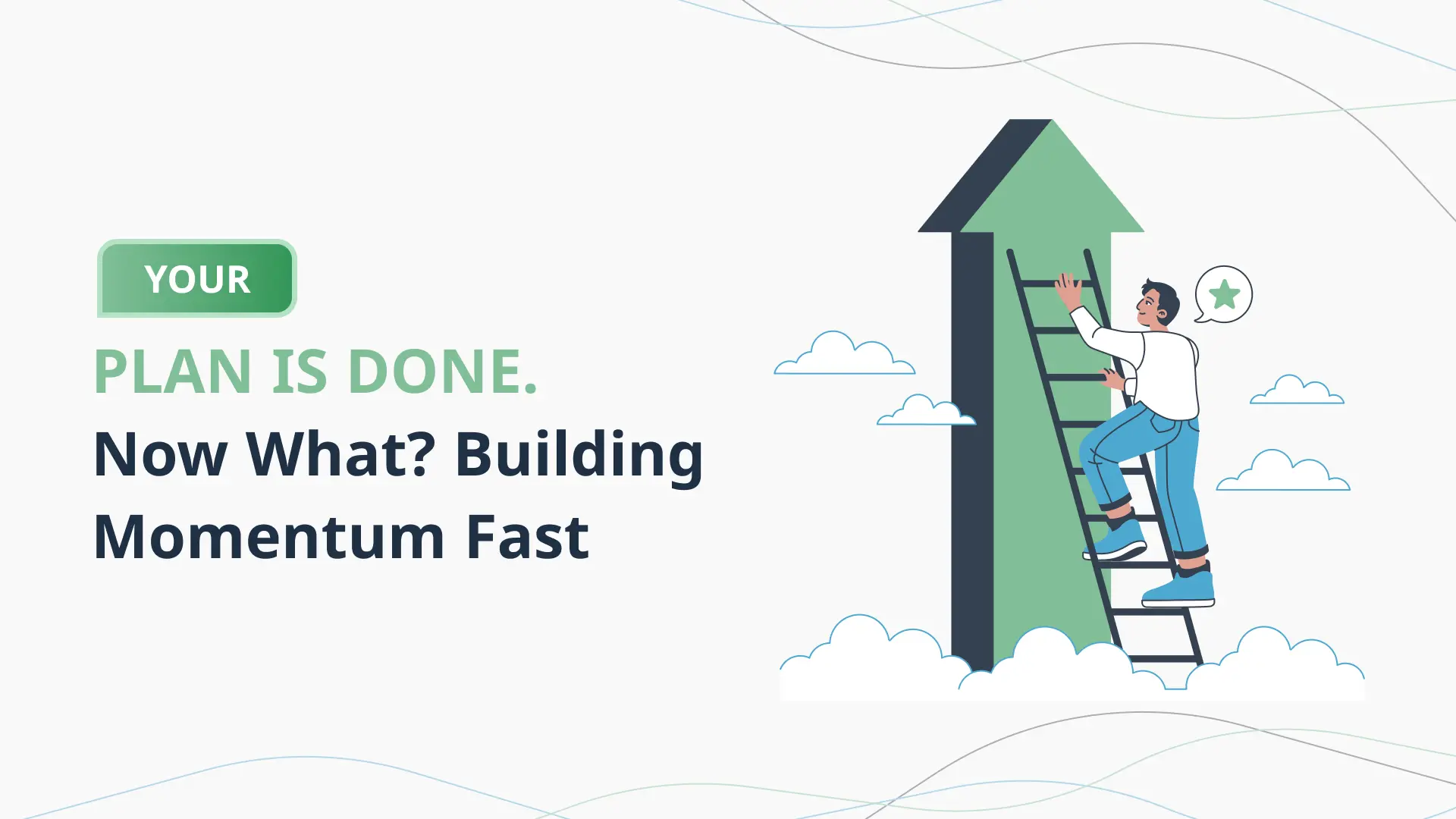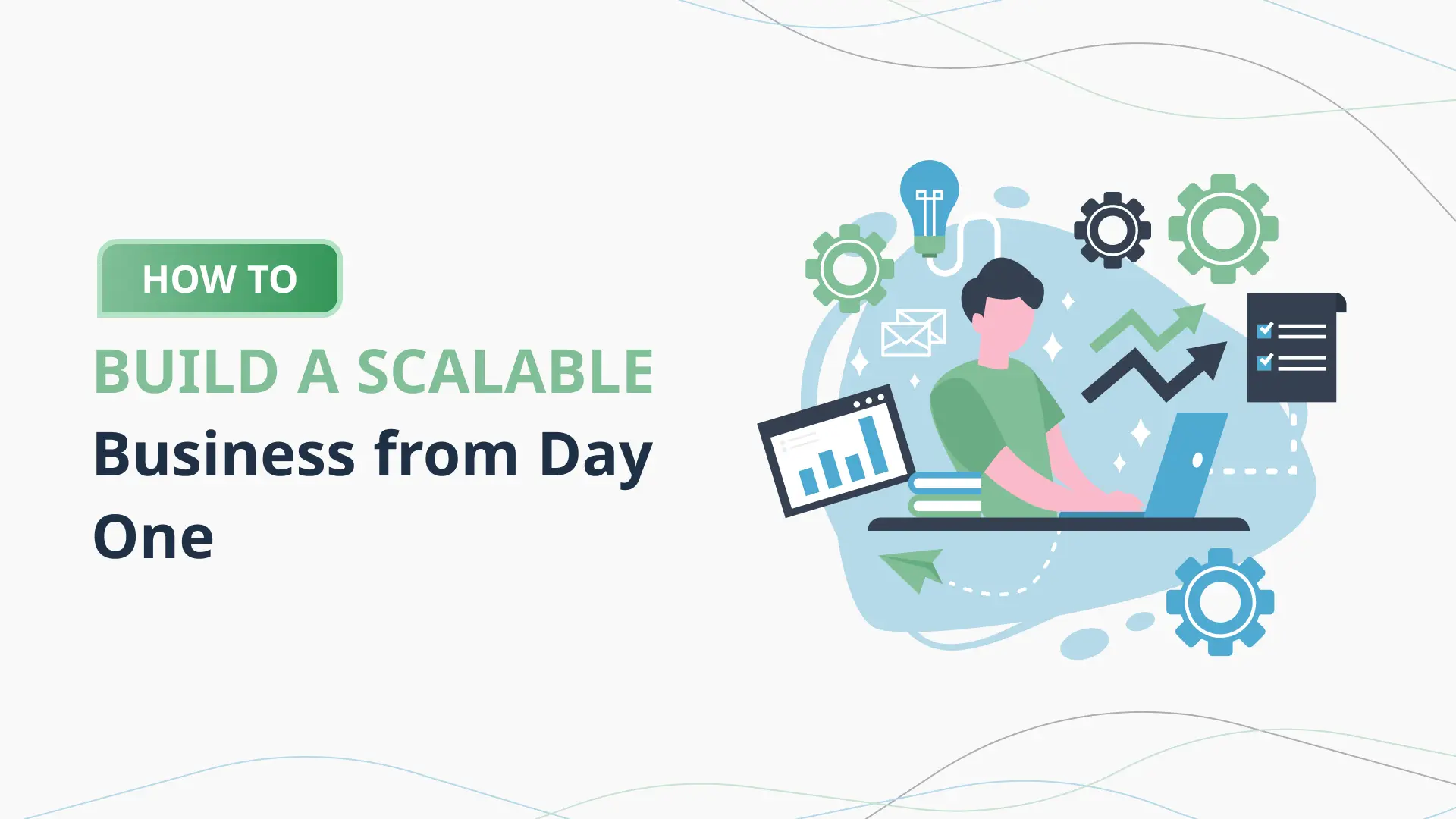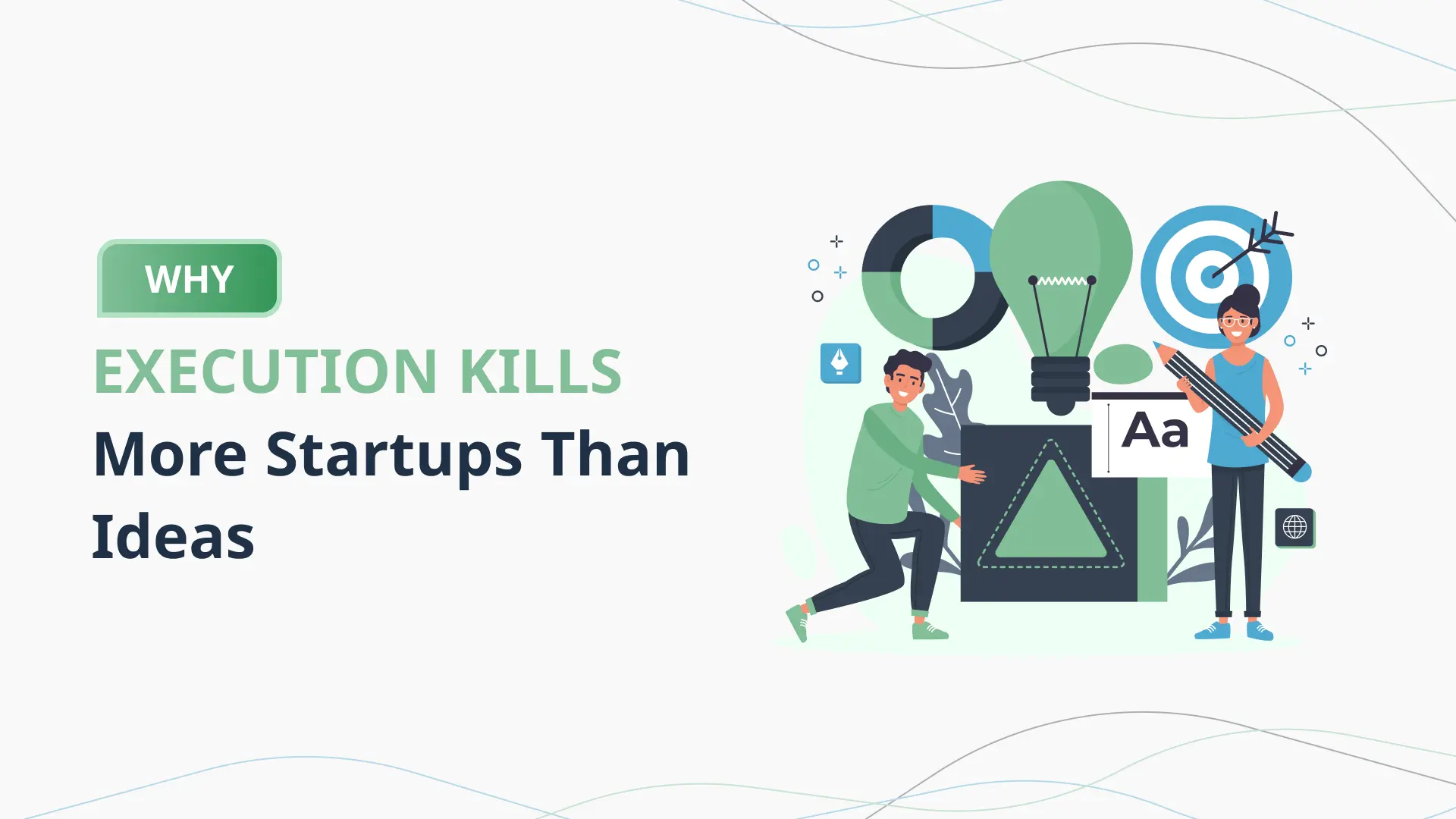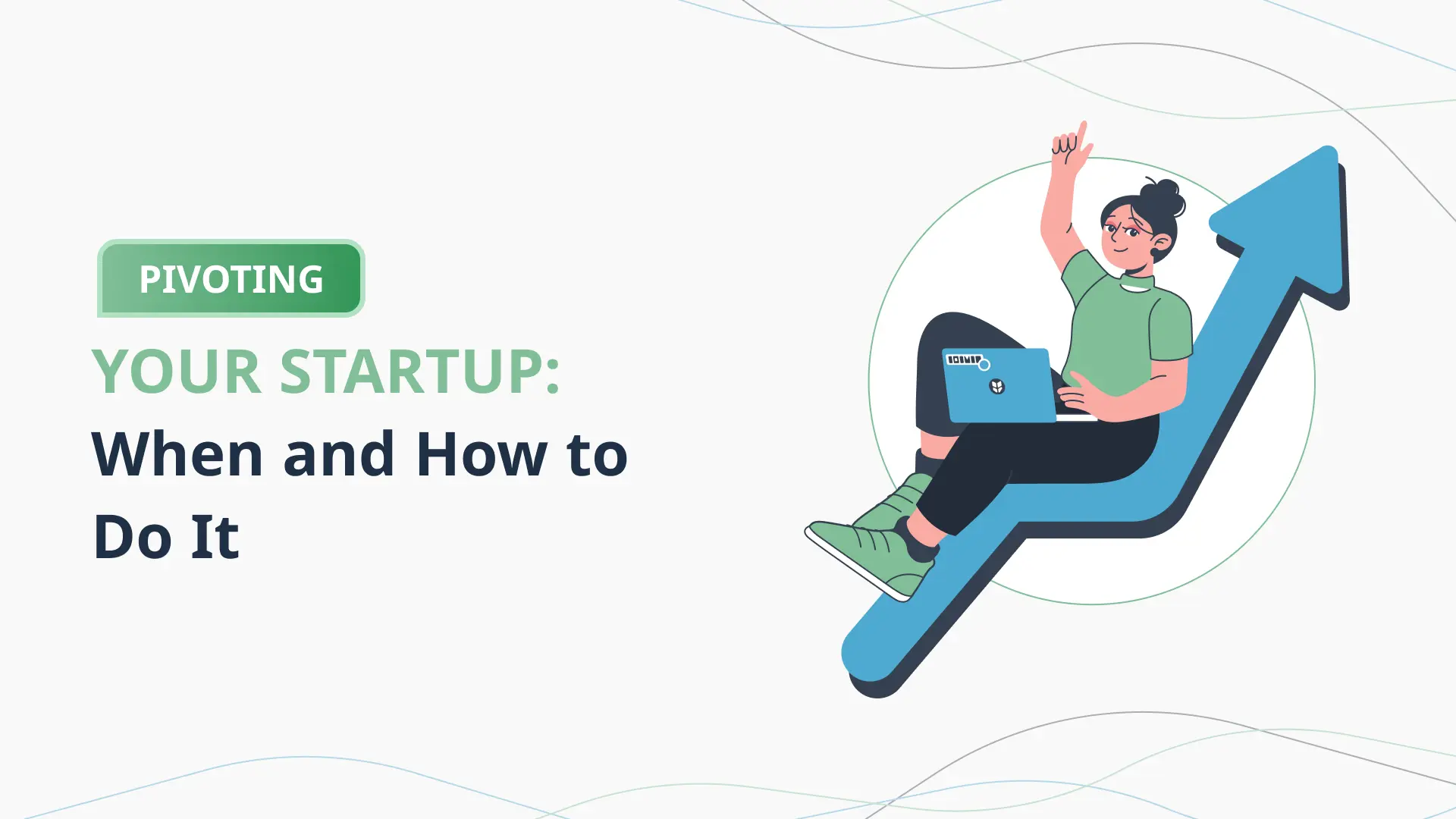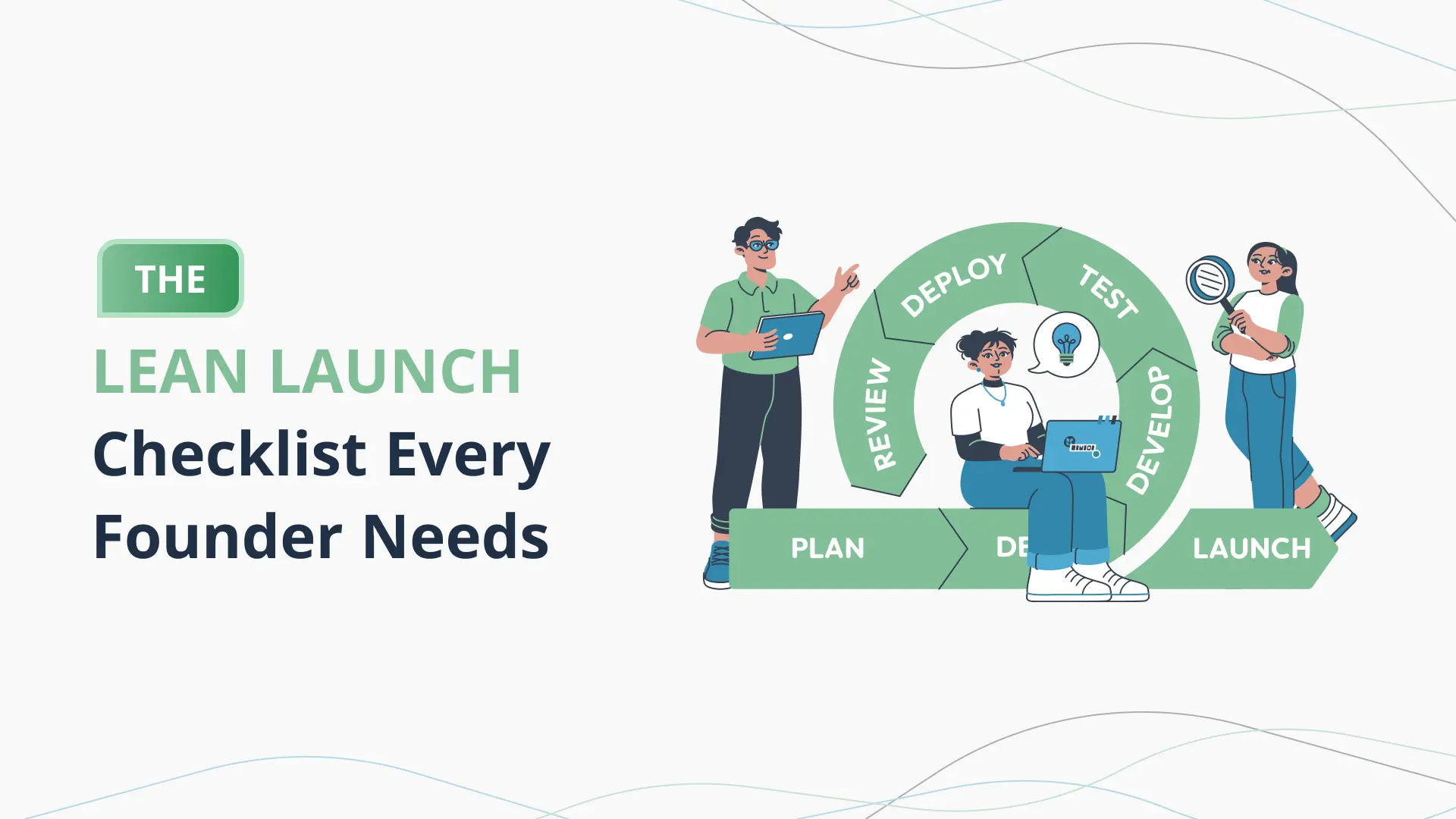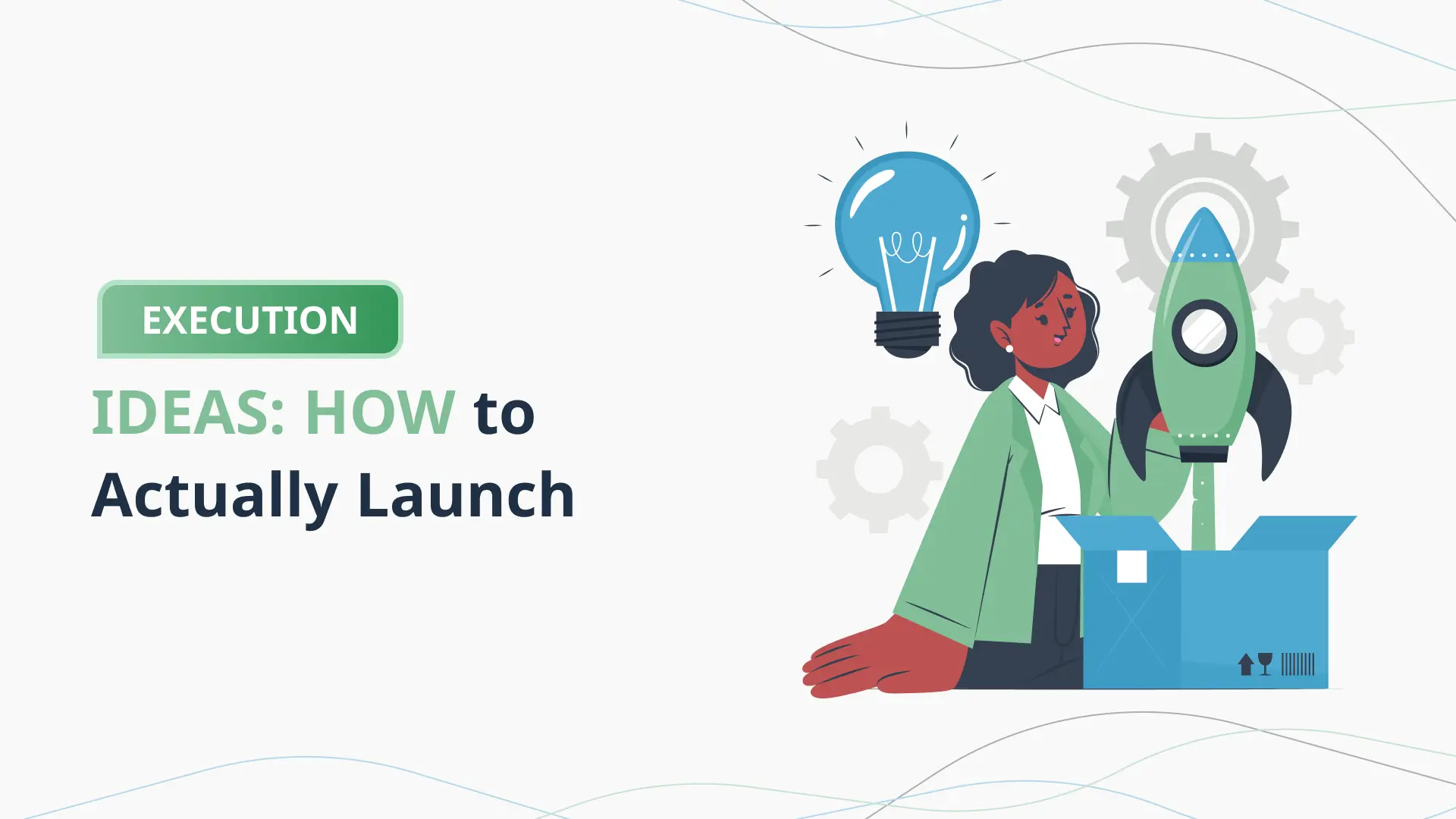Common Pitch Deck Mistakes (And How to Avoid Them)
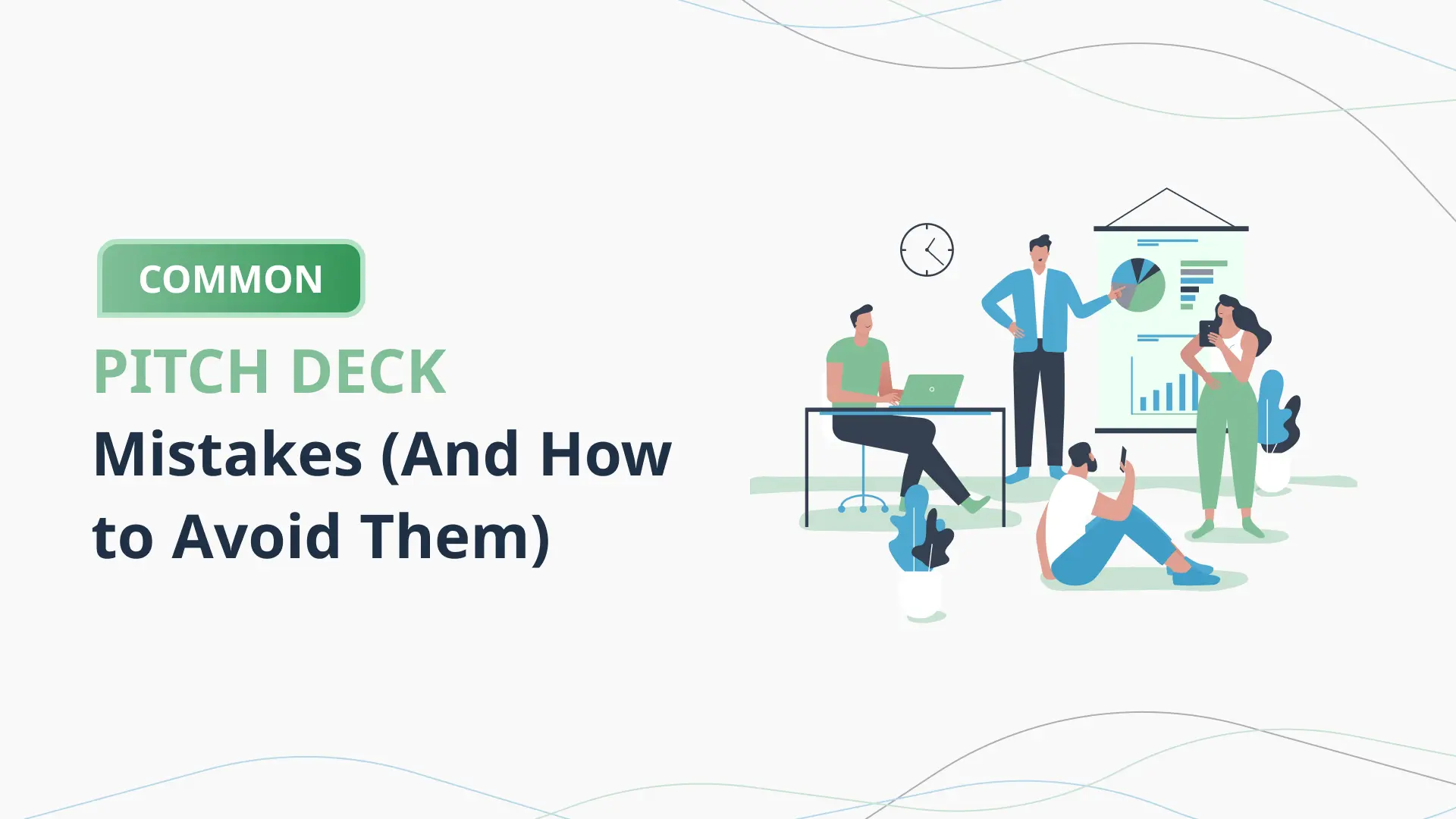
Introduction
Crafting the perfect pitch deck can feel like walking a tightrope. One misstep—a cluttered slide, a vague market stat, or a missing financial forecast—and you risk losing the attention of the very people who could help turn your startup into a success story. Founders often pour weeks into their pitch decks, obsessing over fonts and colors, only to overlook the basics: a clear story, compelling data, and a well-defined ask.
And let’s be honest—most of us aren’t trained in storytelling or design. So, when it’s time to pitch investors, it’s no surprise that common mistakes creep in. We’ve all seen them: the slide with way too much text, the overly technical problem statement, or the pitch that dances around the numbers investors actually care about.
The truth is, your pitch deck isn’t just another document. It’s your chance to make a bold first impression. It’s your business plan distilled into a visual narrative that needs to grab attention, build trust, and make your opportunity impossible to ignore.
This blog breaks down the most common pitch deck mistakes—what they are, why they matter, and how to avoid them. You’ll get real strategies, actionable tips, and the inside track on building a deck that actually works.
And if the idea of building a killer deck sounds overwhelming, you’re not alone. Thousands of founders now use the PlanVista app—a smart AI business plan tool and pitch deck creator online—to build investor-ready decks, automate their financial projections, and streamline startup planning from day one. It’s more than a business plan generator. It’s the startup planning tool that makes it easier to pitch with confidence.
Let’s fix those mistakes before they cost you your shot.
What Is a Pitch Deck (And Why It Matters)
Every founder hears it: “You need a great pitch deck.” But what does that actually mean?
A pitch deck is more than a set of slides. It’s the visual narrative of your business. It’s how you introduce your idea, prove your market potential, and show investors that you’re worth betting on. In just 10 to 15 slides, your deck has to communicate who you are, what problem you’re solving, how big the opportunity is, and why your team is the one to make it happen.
And you have to do all that without sounding like you’re reading from a script.
The stakes are high. Investors often spend less than four minutes reviewing a pitch deck, and sometimes they won’t even take a meeting unless the deck is compelling. It’s your foot in the door. Your hook. Your opening line. If you don’t get it right, you might not get another chance.
A solid pitch deck is structured like a story. It has a beginning (the problem), a middle (the solution, traction, market), and an end (financials and the ask). You’re not just sharing slides; you’re guiding someone through your vision. Clarity is everything. Every slide should make them want to see the next one.
This is where a startup planning tool like PlanVista becomes incredibly valuable. Instead of agonizing over slide order or Googling “what to include in a pitch deck,” PlanVista helps you structure it the right way from the start. It guides you slide-by-slide, ensuring your messaging, market analysis, and financial projections all align with investor expectations. It’s more than just a pitch deck creator online—it’s a full AI business plan tool that takes the guesswork out of business storytelling.
With features like automated financial projections and ready-to-edit pitch deck templates, PlanVista gives early-stage founders an edge. You don’t need to be a designer or a financial expert to build something powerful—you just need the right tools.
So yes, a pitch deck matters. A lot. It’s your story in a format investors understand. And when built right, it opens doors, builds relationships, and sets your startup on a path to real traction.
The Right Way to Build a Pitch Deck
Building a great pitch deck isn’t about flashy visuals or dumping your entire business plan onto slides. It’s about telling a compelling story in a clear, structured way—one that leads investors to say, “Tell me more.”
So where do you start?
First, know your audience. Pitch decks aren’t just information dumps—they’re investor conversations. Every slide should be designed to answer the questions investors are already thinking: What’s the problem? Why now? How big is this market? Why you?
Here’s a simple yet powerful step-by-step structure that most successful startup decks follow:
- Cover Slide
This is your first impression. Include your logo, tagline, and contact info. Keep it clean.
- Problem
Highlight the pain point. Be specific. Use relatable examples or data. Make it real.
- Solution
Here’s your product or service. How does it solve the problem in a unique way?
- Market Opportunity
Investors want to see the potential. Include market size, trends, and growth projections.
- Product Demo or Screenshots
Show, don’t just tell. Visuals help build credibility and interest.
- Traction
Do you have users, revenue, or partnerships? This is your proof of progress.
- Business Model
How do you make money? Lay it out clearly.
- Go-to-Market Strategy
Explain how you plan to acquire customers. Ads, partnerships, word-of-mouth?
- Competition
Acknowledge competitors and highlight your edge.
- Team
Who’s behind the vision? Include key team members with relevant experience.
- Financial Projections
Even early estimates matter. Show revenue, costs, and growth over 3-5 years.
- The Ask
State how much funding you need and what you’ll use it for.
Many founders waste time trying to reinvent this structure. That’s where using a business plan generator or startup planning tool can make a huge difference. With PlanVista, you can plug your data into an intuitive platform that automatically suggests slide content, aligns it with your business plan, and helps you generate investor-ready visuals in minutes.
It’s not about cutting corners—it’s about building smarter. With tools like PlanVista’s AI business plan tool, you’re working with a framework that’s already aligned with what investors want to see. Plus, you get features like automated financial projections and editable templates, so you can spend less time formatting and more time refining your story.
Following this step-by-step process doesn’t just help you make a deck—it helps you gain clarity on your business model, growth plan, and funding strategy.
Because a good deck isn’t just about design—it’s about vision, preparation, and execution.
Common Pitch Deck Mistakes
Let’s be honest—creating a pitch deck isn’t easy. You’re trying to fit your entire business strategy into just a few slides while convincing investors that your startup is worth betting on. That pressure often leads to rushed decks full of avoidable mistakes.
Here are some of the most common missteps founders make (and how to avoid them):
- Too Much Text
We’ve all seen it—slides that look like pages from a novel. Investors don’t have time to read paragraphs. Your slides should highlight the key points, not tell the whole story. Use bullet points, visuals, and short, punchy statements. If you need to elaborate, save it for your spoken pitch. - Weak Market Sizing
Saying your market is “huge” without data is a red flag. Investors want numbers. Show total addressable market (TAM), serviceable market (SAM), and serviceable obtainable market (SOM). Even rough estimates help paint a picture. - No Financial Projections
Some founders skip this slide, thinking it’s too early for numbers. But even at the idea stage, investors want to see your thinking around revenue, cost structure, and growth. It’s not about being accurate—it’s about showing that you’ve thought things through. PlanVista’s financial projections software makes this part way less intimidating, helping you create smart, automated forecasts in minutes. - Missing “The Ask”
You’ve built the story, but forgot to say how much you’re raising or what you’ll use it for. That’s like running a marathon and stopping before the finish line. Be clear. Include the dollar amount, what the funds will support (product development, hiring, marketing), and what milestones you expect to hit. - Overusing Jargon
If your pitch sounds like an academic thesis, you’ve lost your audience. Investors are busy. Speak plainly. Use relatable language to describe your product, customer, and business model. - Poor Visual Design
Design matters. Sloppy formatting, inconsistent fonts, or pixelated images can subconsciously make you look less credible. You don’t have to be a designer to get it right—PlanVista’s pitch deck creator online includes clean, investor-friendly templates that keep your slides sharp and professional. - Unclear Traction or Metrics
If you’ve launched, show real numbers: revenue, active users, growth rate. If you’re pre-launch, show progress—like a waitlist, early pilot users, or key partnerships. Vague statements like “strong traction” mean nothing without data.
Most of these issues boil down to one thing: lack of clarity. A great pitch deck is clear, focused, and intentional. It guides investors smoothly through your business idea without distractions or confusion.
That’s why more founders are turning to startup planning tools like PlanVista. It’s not just about saving time—it’s about building a pitch deck that avoids these costly mistakes and gives you a real shot at funding.
A Founder’s Story: From Misses to Meetings
Let’s rewind to a common startup moment.
Meet “Lena,” a first-time founder with a promising idea: a subscription-based SaaS tool for independent fitness coaches. Her product was solid. She’d built an MVP, tested it with real users, and was seeing early traction—around 1,200 paying subscribers within six months. It was time to raise funds to scale.
Lena crafted a pitch deck over a weekend. She poured in screenshots, listed every feature, and even squeezed in a detailed backend architecture diagram. It was 22 slides long, text-heavy, and lacked a clear financial plan. She sent it out to ten investors.
No one replied.
Frustrated, she reached out to a mentor who quickly pointed out the issues: her story lacked flow, the market size was vague, and there was no clear “ask.” Lena realized she hadn’t built a pitch deck—she had built a product brochure.
Determined to fix it, she started from scratch. This time, she used a structure based on proven investor templates. She simplified her slides, focused on the story, and clearly articulated the opportunity, traction, and team. Most importantly, she used the PlanVista app to help shape her financial projections and organize her pitch deck around what investors actually care about.
PlanVista’s pitch deck creator online gave her a guided, step-by-step process that made the whole experience easier. Instead of guessing what to include, she followed prompts tailored to early-stage startups. The financial projections software helped her estimate revenue and costs based on benchmarks for SaaS companies—no spreadsheets required.
The result? A 12-slide deck that told a clear, compelling story.
In her next round of outreach, Lena got three investor meetings in a week. One led to a follow-up. Two weeks later, she had a $500K pre-seed offer on the table.
What changed? The product didn’t. Her pitch did.
Lena’s story is not unique. Many founders have strong businesses but struggle to communicate them clearly. And in a funding environment where investors are reviewing dozens of decks a week, clarity and structure are non-negotiable.
That’s why having the right tools matters. An AI business plan tool like PlanVista isn’t just for creating documents—it helps founders organize their thinking, present confidently, and avoid common traps that lead to rejections.
Your pitch deck should reflect the strength of your business, not hide it behind cluttered slides or vague numbers. If you’ve got a solid startup, you owe it to yourself to pitch it right.
How AI and Automation Help
If you’ve ever tried to build a pitch deck from scratch, you know it’s not as simple as opening PowerPoint and dropping in a few bullet points. You’re dealing with design choices, financial modeling, storytelling, and strategic thinking—all at once. For many founders, especially those without a business background, it’s a stressful and time-consuming process.
That’s where automation and AI-powered tools are changing the game.
AI doesn’t just help you move faster—it helps you move smarter. With tools like PlanVista, you can turn a rough business idea into a clean, investor-ready pitch deck without second-guessing every slide. The app walks you through each section—problem, solution, market, financials, and the ask—so you’re never left wondering what to include.
One of the biggest pain points for founders is creating accurate financial projections. PlanVista’s financial projections software makes this part more accessible by guiding you through realistic assumptions and automating your forecasts. You don’t need a finance degree or advanced Excel skills. You just plug in your key metrics and the system does the rest.
Another advantage is the seamless integration between your business plan and your pitch deck. Using PlanVista’s AI business plan tool, your deck isn’t just visually polished—it’s aligned with the strategy behind your startup. This ensures consistency across all your investor materials, which adds an extra layer of professionalism and trust.
Automation also helps reduce common errors. You won’t forget to include a crucial slide or accidentally mismatch your market size and revenue projections. The PlanVista app comes with pitch deck templates based on proven investor expectations, so you’re not reinventing the wheel—you’re building on it.
And let’s not forget the time savings. What normally takes a week can often be done in a day with the right startup planning tool. That means more time to prep your pitch, refine your go-to-market strategy, or talk to potential customers.
AI doesn’t replace your vision—it helps amplify it. You’re still the storyteller. The founder. The one with the bold idea. But with automation handling the structure, the formatting, and the heavy lifting, you can focus on what really matters: crafting a pitch that gets attention and earns trust.
More founders are realizing that planning smarter doesn’t mean cutting corners—it means using the right tools at the right time. If you’re tired of stumbling through pitch deck creation, the solution isn’t to work harder. It’s to work smarter—with a little help from AI.
How Founders Use PlanVista
If you talk to a group of early-stage founders, one challenge comes up again and again: building a pitch deck that’s actually fundable. It’s not that they don’t have great ideas. It’s that translating those ideas into investor language—with data, projections, and strategy—is hard. That’s where a startup planning tool like PlanVista becomes a game-changer.
Thousands of founders now rely on the PlanVista app not just to create a pitch deck, but to streamline their entire business planning process. It’s more than just a pitch deck creator online. It’s a complete AI business plan tool that helps you validate your idea, build smart financial projections, and produce investor-ready documents in one place.
Let’s break down how founders are using PlanVista day to day:
- Validating Business Ideas Early
Before spending weeks building something no one wants, founders use PlanVista’s business idea validation features. By entering a few key inputs—like target market, product type, and customer pain points—the tool can help assess demand, competition, and monetization potential. This ensures you’re not just building a product—you’re building a business. - Generating Financial Projections Without the Headache
Even savvy founders struggle with Excel models. PlanVista eliminates this friction. Its financial projections software auto-generates realistic 3- to 5-year forecasts based on your business type. You can adjust revenue assumptions, hiring plans, and cost structures, and watch your financial outlook update instantly. It’s perfect for pitch decks, grant applications, and internal planning. - Streamlining Pitch Deck Creation
Rather than wondering what to put on each slide, PlanVista guides you through a proven structure. You input your unique info, and it generates investor-friendly slides tailored to your business model. You get to focus on content while the tool handles design, formatting, and flow. - Staying Aligned Across Materials
One common issue is inconsistency between your business plan and pitch deck. With PlanVista, your data lives in one ecosystem. That means your projections in the pitch deck match your business plan perfectly—no copy-paste errors or conflicting narratives. - Saving Time and Reducing Stress
Early-stage founders wear a lot of hats. Spending 30+ hours on a pitch deck is time most of them don’t have. PlanVista cuts that down significantly, allowing you to get investor-ready faster and with more confidence.
Ultimately, founders don’t choose PlanVista just because it looks nice—they choose it because it saves time, reduces stress, and gets results. It’s the business planning software that meets you where you are—whether you’re validating an idea or pitching a Series A.
If you’re looking to create a professional deck, generate automated business plans, and build smarter from the start, this tool belongs in your startup stack.
Conclusion
Your pitch deck is often your first and only shot to make an impression on investors. It’s not just a document—it’s your story, your business case, and your call to action all rolled into one. And as we’ve seen, even the best ideas can be overlooked if the pitch falls flat.
The good news? Most pitch deck mistakes are completely avoidable. From skipping over financial projections to overloading slides with jargon, these missteps aren’t about capability—they’re about clarity. When founders understand the purpose of each slide, follow a proven structure, and back up their claims with real data, everything changes. Suddenly, your pitch has weight. It resonates. It earns a second look.
We’ve walked through the most common mistakes and shown you how to fix them with real-world examples and strategies. We’ve also highlighted how startup planning tools can make a massive difference—especially for early-stage founders who are balancing product development, customer discovery, and now, fundraising.
This is where the PlanVista app shines. As an AI business plan tool, it goes far beyond being just a business plan generator. It helps you build a solid pitch deck, create accurate financial projections, and validate your business idea—all within one platform. Whether you’re looking for a pitch deck creator online, an automated business plan tool, or a complete financial projections software solution, PlanVista is designed to help you work smarter, not harder.
The time you spend building a pitch deck should be strategic, not stressful. You shouldn’t have to guess what goes on each slide or cobble together numbers from half-finished spreadsheets. With PlanVista, you get guided prompts, time-saving templates, and investor-ready output that helps you pitch with confidence.
So if you’re serious about landing that next round, don’t let common mistakes trip you up. Start planning smarter, build your story right, and show investors why your startup is the one to watch.
Start planning smarter with PlanVista. Try it now—no credit card required.
FAQs
PlanVista is an AI-powered startup planning tool that helps you build pitch decks, financial projections, and business plans quickly.
Early-stage founders, entrepreneurs, and startups looking to save time and impress investors with professional business materials.
No. PlanVista automates financial projections and provides pitch deck templates, so anyone can use it effectively.
Yes. PlanVista ensures your business plan and pitch deck align with investor expectations and professional standards.
Yes. You can start planning smarter with PlanVista today—no credit card required.
